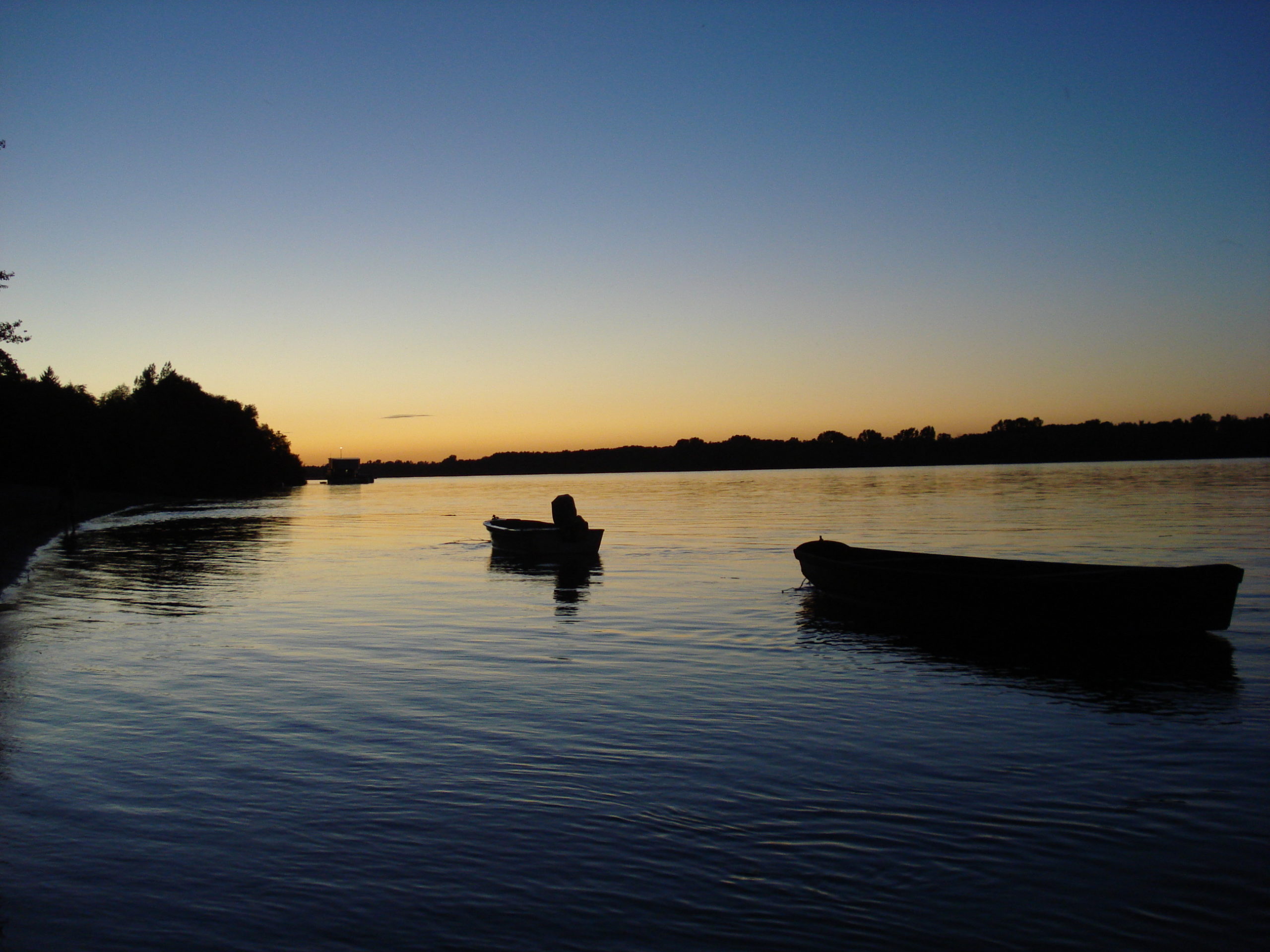World Water Day 2022
World Water Day is held on March 22 every year. It is a UN World Day that started in 1993 and, in addition to celebrating water, draws attention to the fact that 2 billion people still live without safe access to water. One of the main goals of World Day is to encourage actions. Clean drinking water, the only food that cannot be replaced by anything else, is an essential condition for human life. Water stands out with its significant amount of compounds that make up the human body.
The Danube river basin countries have different geographical potentials, which means that water challenges may vary from region to region. The issue of water quality become a central issue due to the industrial revolution of the 19th century, the spread of intensive agriculture and the hydromorphological pressures resulting from river regulation, and it is also a cardinal challenge for our lives and health due to the drastic pollution processes of our time.
The quality and quantity of surface water and groundwater depend on a number of factors and, in addition to natural processes, human activities (industry, agriculture, shipping, sewage) play a particularly important role in shaping water quality. The formulation of common problems and goals is essential for unified action at the level of the Danube region and for achieving common results.
The Action Plan of EUSDR, published in 2010 and updated in 2020, emphasizes that the Danube River Basin Management Plans (DRBMP), coordinated and compiled by the ICPDR and updated every six years, identifies four main problems at the level of the Danube River Basin: (1) pollution by nutrient mainly due to phosphate and nitrogen emissions from agriculture (agriculture – fertilizers; livestock – animal manure) and (2) pollution by organic substances mainly from untreated waste water from industry and urban areas; (3) pollution by hazardous substances, mainly caused by discharges from industrial effluents, mining activities and accidental pollution, and (4) changes in the hydromorphology of rivers and lakes, resulting in disruption of the continuity of rivers and habitats wetlands / floodplains are isolated and hydrological changes also have a significant impact on water quality. As an additional issue (5) the effects of climate change (drought, water scarcity, extreme hydrological phenomena and other impacts) was also identified in the updated DRBMP in 2021.
The aim of the EUSDR water quality priority area to facilitate the implementation of the measures along these challenges, in line with the EU Water Framework Directive and the guidelines of the 2019 European Green Deal, to protect human health and freshwater ecosystems.




